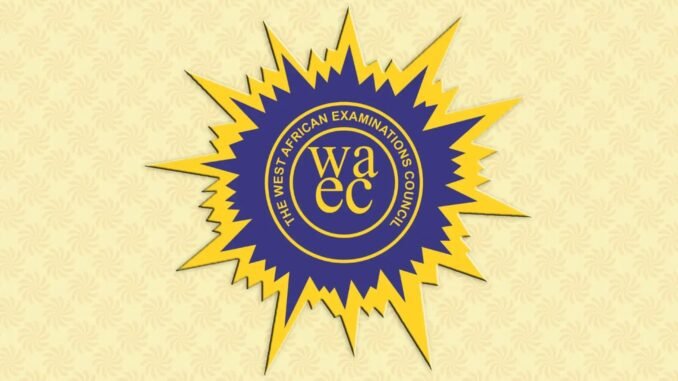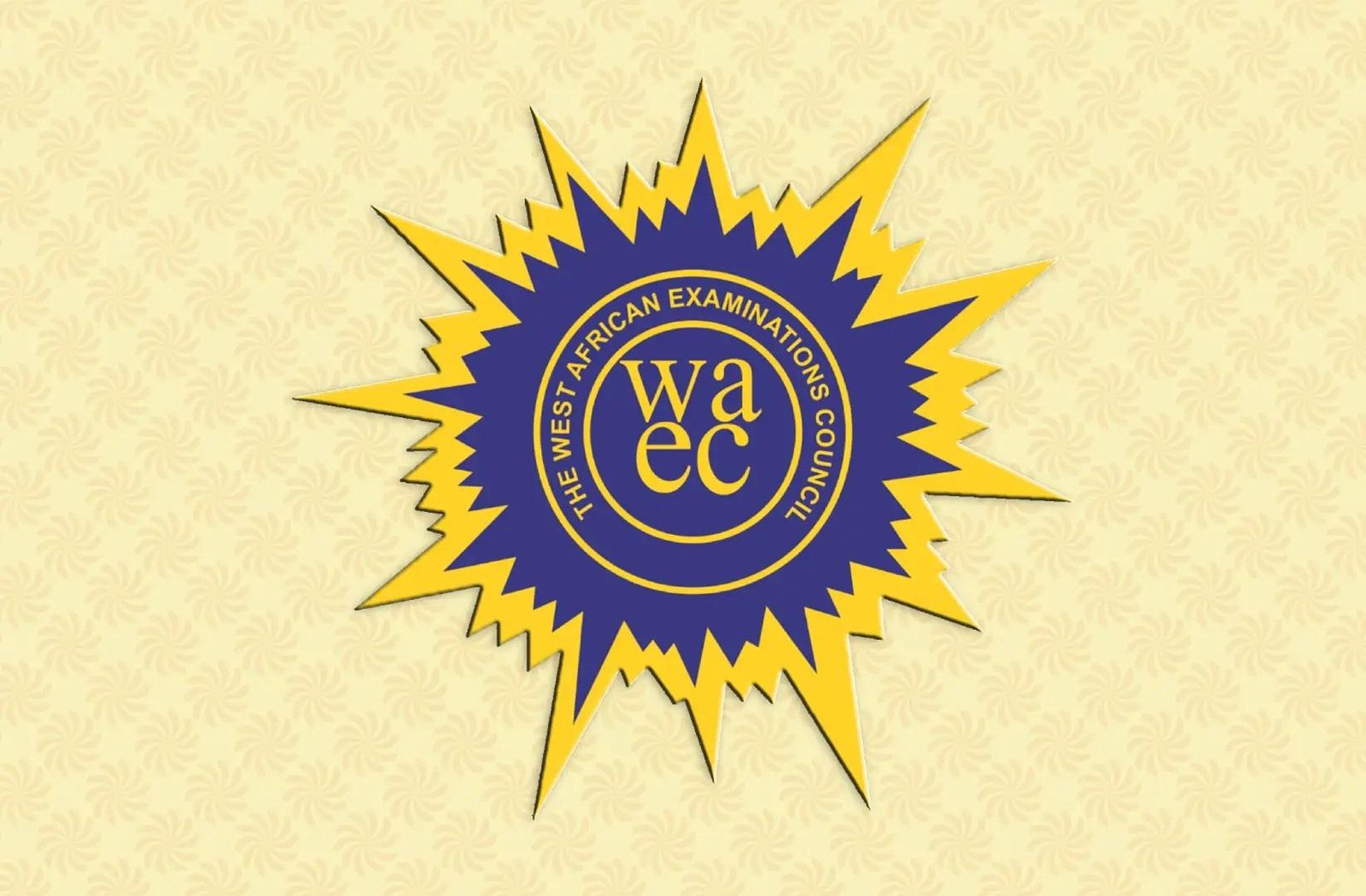
Understanding the WAEC marking scheme is essential for students, parents, teachers, and guardians who want to accurately interpret WASSCE results and academic performance. Each year, hundreds of thousands of students across Nigeria, Ghana, Sierra Leone, Liberia, and The Gambia sit for the West African Senior School Certificate Examination (WASSCE), and the outcomes are graded according to WAEC’s established system.
In this detailed guide, you’ll discover how the WAEC grading system works, what each grade means, how examiners assign marks, and how this differs from other regional exams like NECO and IGCSE. We’ll also explain how raw exam scores are translated into grades (A1 to F9), and what you need to qualify for university admissions in Nigeria and abroad.

Photo credit: Examgreat
Contents
- 1 What Is WAEC and What Does It Stand For?
- 2 WAEC Marking Scheme: The Core Structure
- 3 WAEC Grading System: A1 to F9 Explained
- 4 How WAEC Scores Are Calculated
- 5 Example: WAEC English Language Marking Scheme
- 6 WAEC Science Subjects: How Practical and Theory Are Scored
- 7 WAEC Essay vs Objective Questions: What Carries More Marks?
- 8 Difference Between WAEC and NECO Grading System
- 9 What Is the Minimum Pass Mark in WAEC?
- 10 WAEC Result Interpretation for University Admission
- 11 Conclusion
- 12 FAQs on WAEC Marking Scheme
What Is WAEC and What Does It Stand For?
WAEC stands for the West African Examinations Council, an internationally recognized examination body founded in 1952. It conducts major school-leaving exams in five Anglophone West African countries, and its most popular assessment is the West African Senior School Certificate Examination (WASSCE). The exam is conducted in two categories:
- WASSCE for School Candidates (Internal)
- WASSCE for Private Candidates (External)
READ ALSO: NECO Timetable 2025: Everything You Need to Know
WAEC Marking Scheme: The Core Structure
The WAEC marking scheme is a comprehensive guideline used by examiners to allocate marks fairly and consistently. These schemes are subject-specific and follow a structured approach depending on whether the question is objective, theory-based, practical, or essay-type.
Each question paper has a marking guide prepared by subject experts. These guides:
- Outline expected answers
- Include mark distribution per question
- Provide penalty/reward mechanisms (e.g., grammar, format, coherence)
WAEC uses a grading curve that ensures uniformity across all candidates, regardless of difficulty level or exam region.
WAEC Grading System: A1 to F9 Explained
WAEC grades candidates using an alphanumeric scale from A1 to F9, which corresponds with specific percentage ranges and descriptions.
| Grade | Percentage Range | Grade Interpretation |
|---|---|---|
| A1 | 75% – 100% | Excellent |
| B2 | 70% – 74% | Very Good |
| B3 | 65% – 69% | Good |
| C4 | 60% – 64% | Credit |
| C5 | 55% – 59% | Credit |
| C6 | 50% – 54% | Credit |
| D7 | 45% – 49% | Pass |
| E8 | 40% – 44% | Weak Pass |
| F9 | 0% – 39% | Fail |
How WAEC Scores Are Calculated
Examiners follow a detailed marking scheme booklet, which explains how each answer should be scored. For example:
- Multiple-choice (objective) questions are computer-marked.
- Essay and theory responses are manually graded using mark allocation.
- Final scores are aggregated across paper components (e.g., Paper 1, 2, and 3).
Example:
If a subject has three papers:
- Paper 1: 30 marks (Objective)
- Paper 2: 70 marks (Theory)
- Paper 3: 100 marks (Practical/Essay)
The total is converted to a percentage, and the candidate receives a grade accordingly.
READ ALSO: JAMB Cut Off Mark for Adekunle Ajasin University: 2025 Guide to AAUA Admission
Example: WAEC English Language Marking Scheme
WAEC English Language typically consists of:
- Paper 1: Objective – 100 questions (1 mark each)
- Paper 2: Essay – 3–5 structured questions (60 marks)
- Paper 3: Test of Oral – 60 questions (computer-based)
Essay Scoring Breakdown:
- Coherence: 10 marks
- Grammar/Mechanics: 15 marks
- Structure/Organization: 10 marks
- Content Quality: 25 marks
High CPC keywords: WAEC English language result, how WAEC scores essays, WASSCE paper marking.
WAEC Science Subjects: How Practical and Theory Are Scored
Subjects like Biology, Chemistry, and Physics include both theory and practical components. WAEC uses:
- Observation-based evaluation
- Step-by-step procedure scoring
- Calculation and diagram accuracy
Example:
WAEC Chemistry Practical may allocate:
- 15 marks for observation
- 10 marks for analysis
- 5 marks for inference
- 20 marks for presentation/reporting
Practical sessions are often conducted under strict invigilation and accuracy-focused grading.
READ ALSO: JAMB Cut Off Mark for Architectural Sciences
WAEC Essay vs Objective Questions: What Carries More Marks?
While objective questions test basic knowledge, essay/theory questions carry more marks and demand critical thinking, structured answers, and application of knowledge.
In most subjects:
- Objective = 30% weight
- Essay = 40–50% weight
- Practical = 20–30% weight (science-related)
Therefore, to get an A1, candidates must excel in theory and practical papers, not just objective questions.
Difference Between WAEC and NECO Grading System
Though both are Nigerian exam bodies, WAEC and NECO use similar alphanumeric grading, but the perception of their difficulty and acceptance abroad differs.
| Feature | WAEC | NECO |
|---|---|---|
| Recognition | International (e.g., UK, USA) | National |
| Grades Used | A1 to F9 | A1 to F9 |
| Difficulty | Generally considered tougher | Slightly easier |
| Scoring | More rigorous moderation | Slightly flexible |
High CPC keywords: WAEC vs NECO, international exam recognition, difference between WAEC and IGCSE
What Is the Minimum Pass Mark in WAEC?
To be eligible for admission into universities or polytechnics, students must have at least:
- Credit (C6) in English Language and Mathematics
- Credits in 3–4 other relevant subjects
Although D7 and E8 are technically “passes,” they’re not acceptable for most higher institutions.
Note: “F9” is a complete fail and not acceptable anywhere.
WAEC Result Interpretation for University Admission
Here’s how universities interpret WAEC grades for admissions:
| WAEC Grade | Admission Value |
|---|---|
| A1 – B3 | Strong admission score |
| C4 – C6 | Acceptable but average |
| D7 – F9 | Not admissible |
Some universities may assign points:
- A1 = 6 pts
- B2 = 5 pts
- B3 = 4 pts
- C4 = 3 pts
- C5 = 2 pts
- C6 = 1 pt
This point system affects JAMB admissions, especially under the post-UTME aggregate method.
Conclusion
The WAEC marking scheme is designed to ensure fair, accurate, and consistent grading of WASSCE exams across all participating countries. Understanding how your scores are calculated gives you the edge to better prepare for the exam and improve your academic strategy.
Whether you’re aiming for university admission, international scholarship, or personal excellence, knowing the WAEC grading system—from A1 to F9—can shape your future. So take every subject seriously, focus on theory and essay practice, and aim for nothing less than A1 excellence.
FAQs on WAEC Marking Scheme
Q1: Can WAEC upgrade my result?
A: No. WAEC does not offer any result upgrade service. Any such claim is fraudulent.
Q2: How are WAEC practicals marked?
A: Examiners use a step-marking guide. Marks are awarded for every correctly executed procedure or calculation.
Q3: What is the total score required to get A1?
A: 75% and above across all exam components.
Q4: Is WAEC easier than IGCSE or SAT?
A: WAEC tests broader school-based learning, while SAT/IGCSE focus more on aptitude and specialized subjects.
Q5: Can I check WAEC results online?
A: Yes, via www.waecdirect.org
Aremu Lukman Umor is an SEO writer and journalist with over eight years of experience. His opinion articles have appeared in most Nigerian mainstream media, including PUNCH, Vanguard, Tribune, Daily Trust, This Day, Guardian and others.

Leave a Reply